The Christmas cactus, formally known as Schlumbergera, is known for its captivating and vibrant blooms. Native to the rainforests of Brazil, these plants have adapted to a unique blooming schedule. As the name suggests, Christmas cacti typically grace us with their brilliant blossoms during the holiday season. However, they are also known for their Easter and Thanksgiving cousins, creating a year-round spectacle of colors.
To coax this captivating cactus into its glorious bloom, you’ll need a combination of suitable light, temperature, watering, and fertilization, as well as a dash of patience. In this post, we’ve compiled our top tips to make your Christmas cactus bloom. If you’d like to enjoy this festive plant’s captivating beauty, let’s give it a try, and don’t forget to follow our guide.
Tips To Make Your Christmas Cactus Bloom
1. Light
First, the right amount of light is crucial. Christmas cacti prefer bright, indirect light but not direct sunlight. They prefer to be placed near a window with filtered light or, better yet, dappled sunlight. Plus, they come close to death if exposed to the harsh midday sun, which can scorch the leaves.
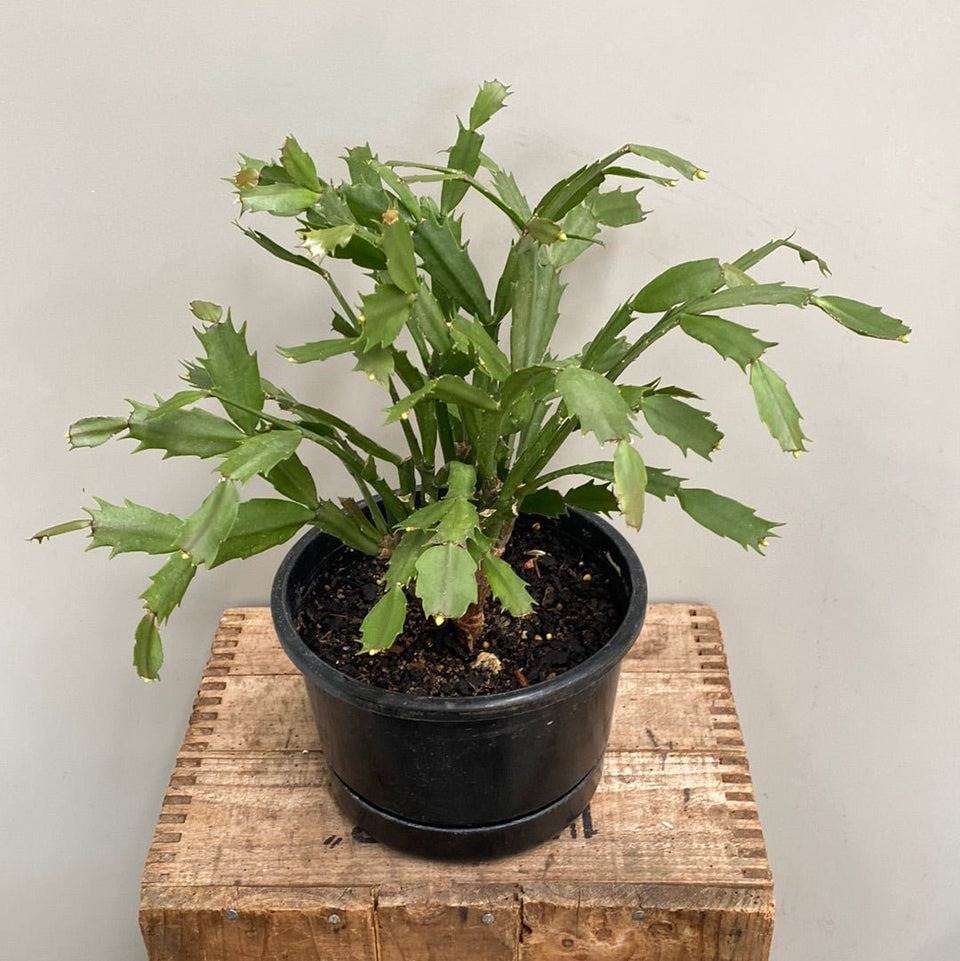
2. Temperature
When it comes to temperature, the key is to mimic the cool, crisp nights of its Brazilian habitat to encourage flowering. Keep your Christmas cactus in a room with a consistent temperature of around 50–55°F (10–13°C) for a few weeks. This cool spell helps trigger the blooming process.
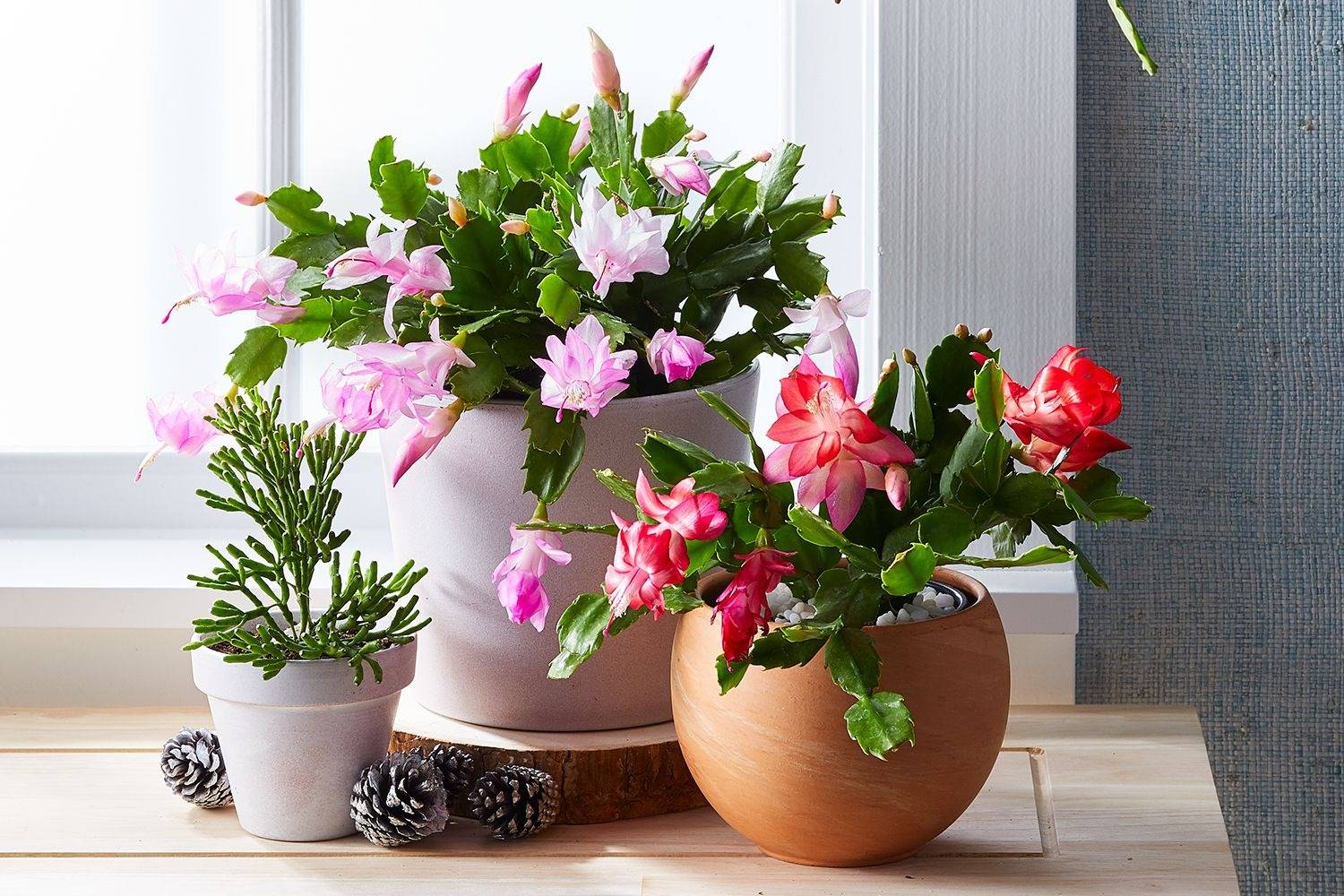
3. Watering
Christmas cacti are relatively easy to care for, but they can be sensitive to overwatering. You should only water them when the top inch of soil, about 1-3 inches, is dry to the touch. Ensure the pot has good drainage to prevent root rot. The rule of thumb is to water thoroughly until excess drains from the pot, which can ensure the hydration of the roots. It is recommended to water less in the late summer and fall to encourage bud formation. Increase the frequency of watering when the plant is blooming to encourage bud formation.
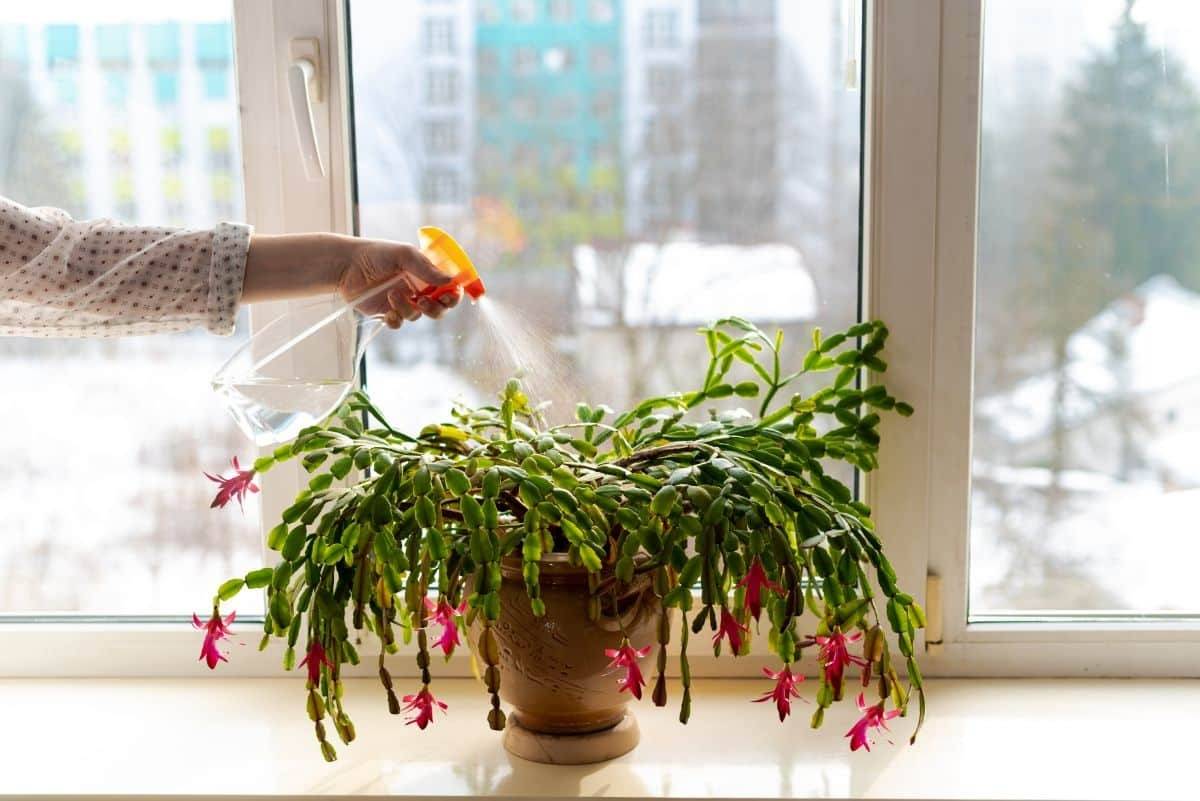
4. Fertilize
A balanced, water-soluble fertilizer with a slightly higher phosphorus content is what your cactus needs to bloom. During the growing season (spring and summer), feed it every 4-6 weeks. Reduce or stop feeding during the fall and winter when it’s getting ready to bloom.
When Do Christmas Cactus Bloom?
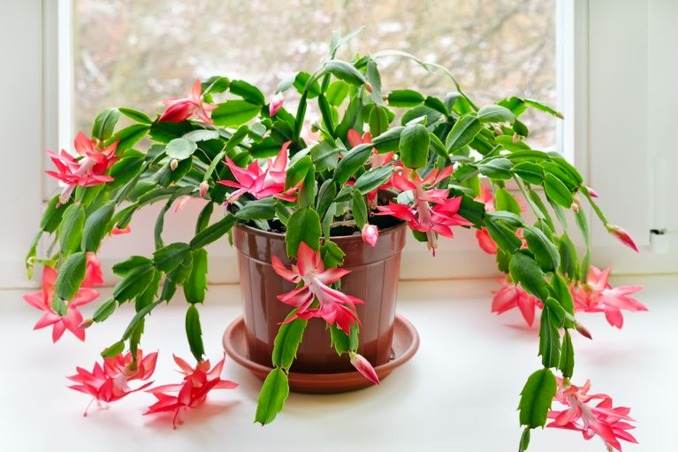
The Christmas cactus typically bursts into bloom from late November through December, making it a delightful addition to your holiday decor. The blossoms can last for several weeks, brightening your home with their festive charm. As a bonus, with proper care, it can bloom again in subsequent years, becoming a cherished tradition.
Reasons Why Your Christmas Cactus Isn’t Blooming
1. Light Level
If your Christmas cactus seems reluctant to bloom, don’t fret. Several factors may be at play. Most commonly, light level can be the culprit. Christmas cacti need bright, indirect light to bloom. If they receive too much direct sunlight, especially in the summer, it can inhibit blooming.
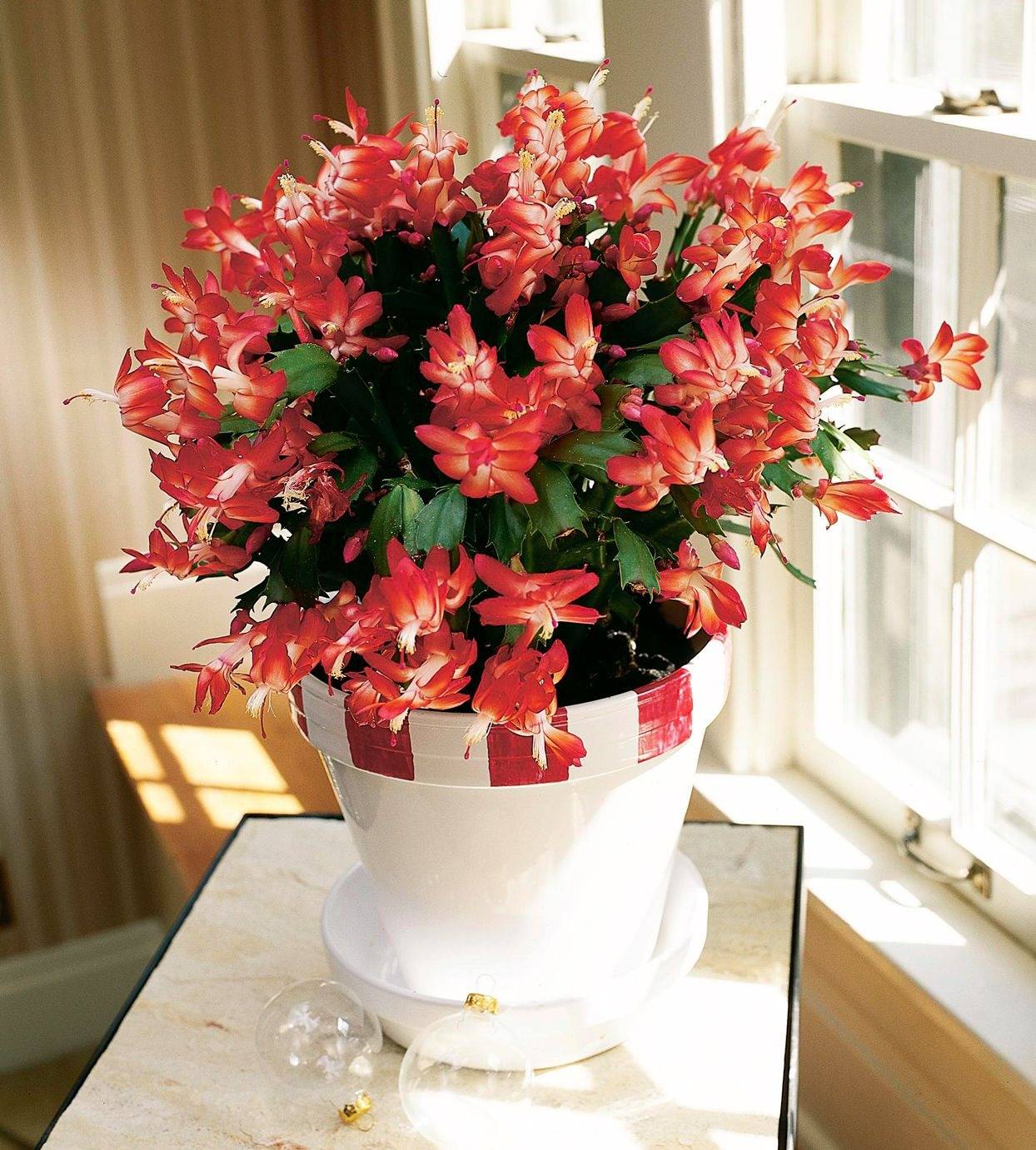
Conversely, insufficient light can also hinder blooming. If your cactus isn’t getting enough light during the fall and early winter, it may not produce buds. Make sure it gets at least 12–14 hours of darkness each night in the weeks leading up to the blooming season.
2. Inadequate Darkness
Another common reason for non-blooming is inadequate darkness. As these cacti need long nights to trigger blooming, any exposure to artificial light during the dark period can disrupt the process. That’s why you should ensure it gets uninterrupted, dark nights of about 12–14 hours.
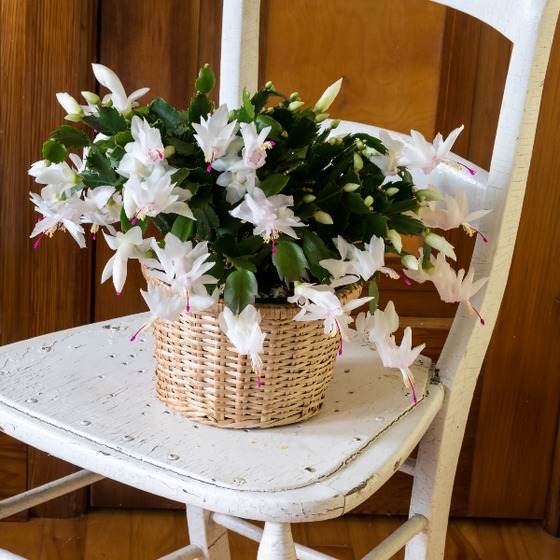
3. Temperature Fluctuations
Christmas cacti are sensitive to temperature changes. If they experience sudden temperature fluctuations, especially drafts of cold air, it can discourage blooming. Thus, it’s important to maintain a consistent temperature, ideally around 60–70°F (15–24°C).
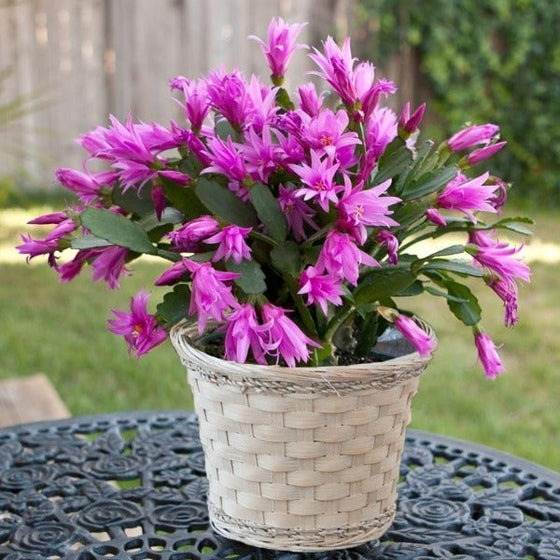
4. Lack Of Nutrients
A Christmas cactus that isn’t fed adequately may not have the energy to produce flowers. During its growing season (spring to early autumn), you should use a balanced, water-soluble fertilizer every 4-6 weeks. However, stop fertilizing in late autumn to encourage bud formation.
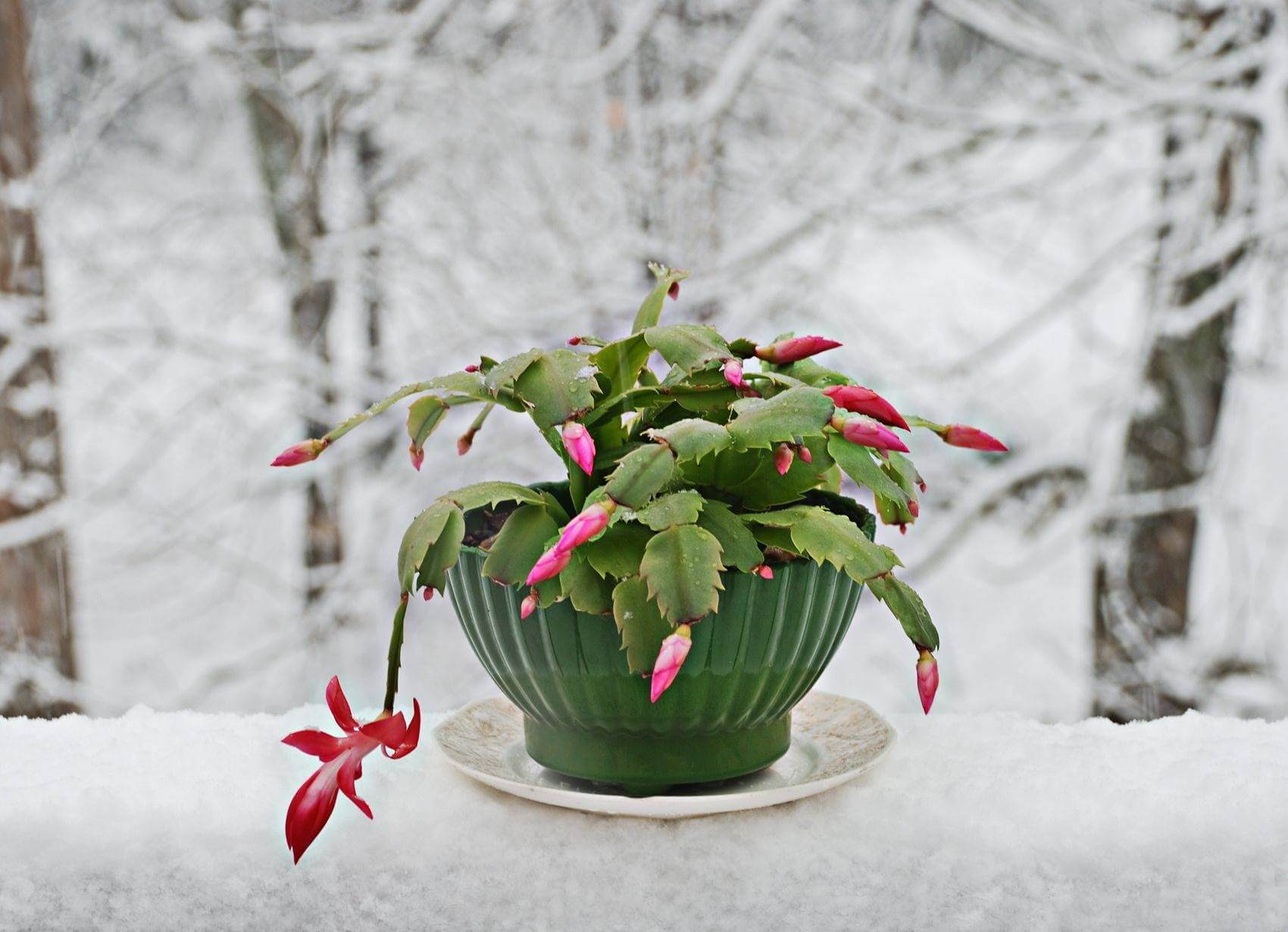
Frequently Asked Questions
1. How Many Times A Year Will A Christmas Cactus Bloom?
The number of times a Christmas cactus will bloom in a year largely depends on its care and environmental factors. Under ideal conditions, these cacti can produce multiple blooms. Typically, they have two primary blooming seasons—once in late November through December and again in early spring, around March or April. Some well-cared-for Christmas cacti can even manage a third bloom in early summer. In less-than-ideal conditions, your Christmas cactus may only bloom once a year or even less frequently.
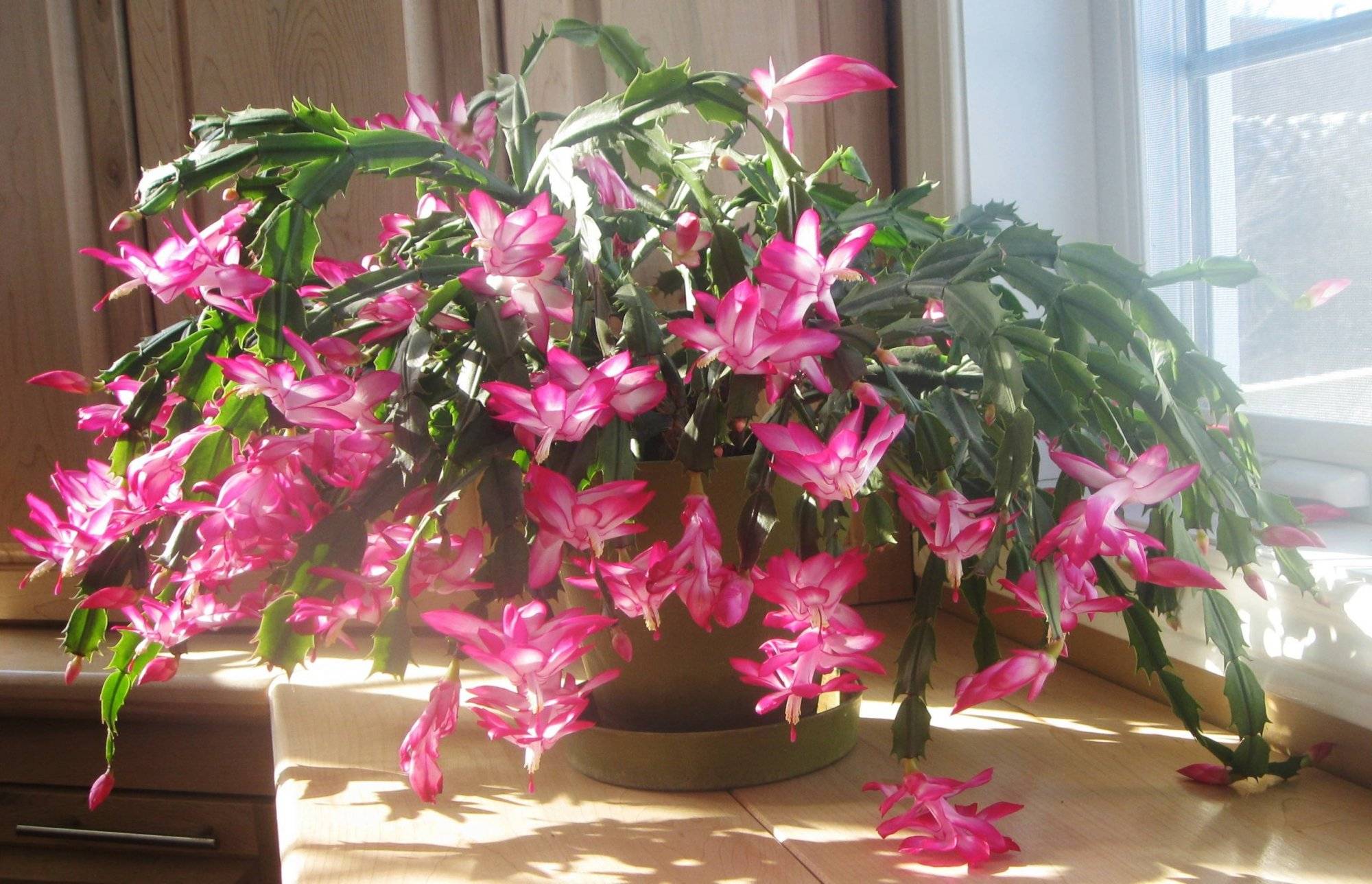
2. How Long Will It Take A Christmas Cactus To Bloom Again?
It will take six to eight weeks for buds to form and another eight to twelve weeks for full bloom. After the holiday season bloom, it generally enters a resting period, preparing for its next blooming cycle. To encourage a spring bloom, which typically occurs in March or April, you need to mimic its natural environment, as mentioned above.
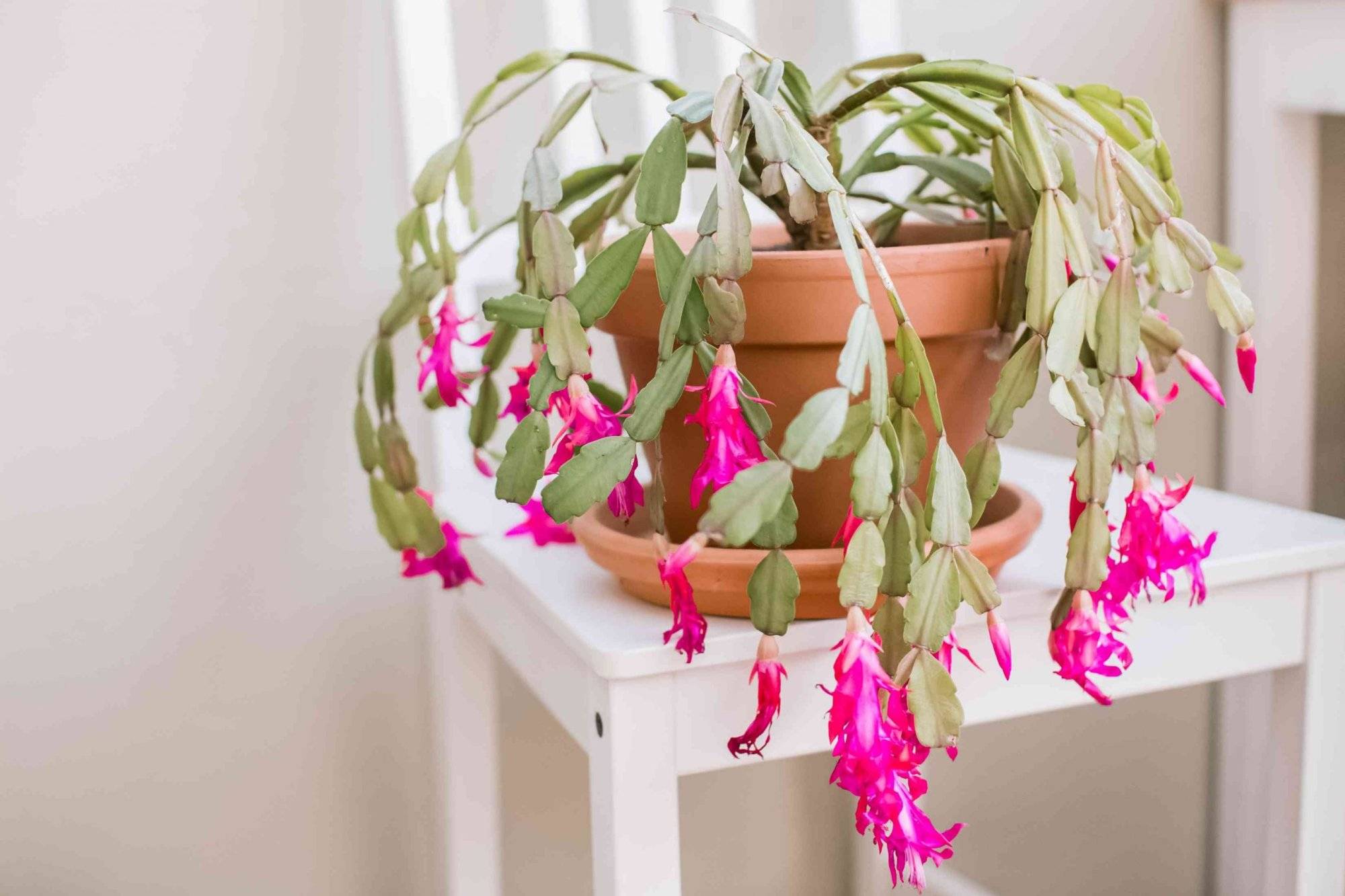
3. Why Are Your Christmas Cactus Blooms Falling Off?
It can be disheartening when the vibrant blooms of your Christmas cactus start falling off prematurely. Several reasons could be causing this issue, including overwatering, sudden environmental changes, and stress factors like insufficient darkness during the night or inadequate feeding with appropriate nutrients.
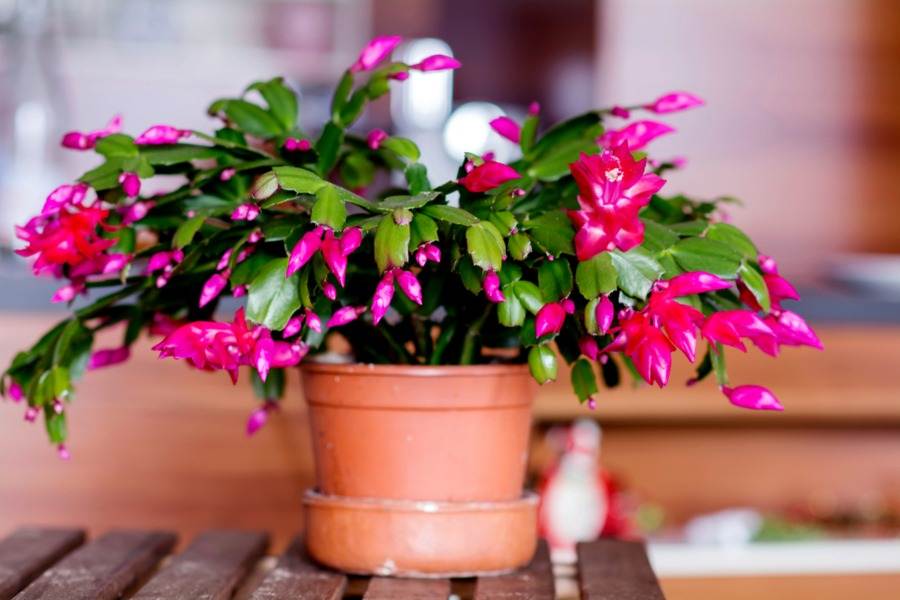
4. Why Is Your Christmas Cactus Blooming But Not Sprouting?
There are some common reasons your Christmas cactus might not be sprouting. Christmas cactus require bright, indirect light to thrive. If they don’t receive enough light, they may produce blooms but not new growth. They tend to form new growth when they experience cooler temperatures. If your cactus is in a consistently warm environment, it may not produce new growth. Plus, Christmas cactus appreciate higher humidity levels. That explains why houses with dry air can hinder new growth.
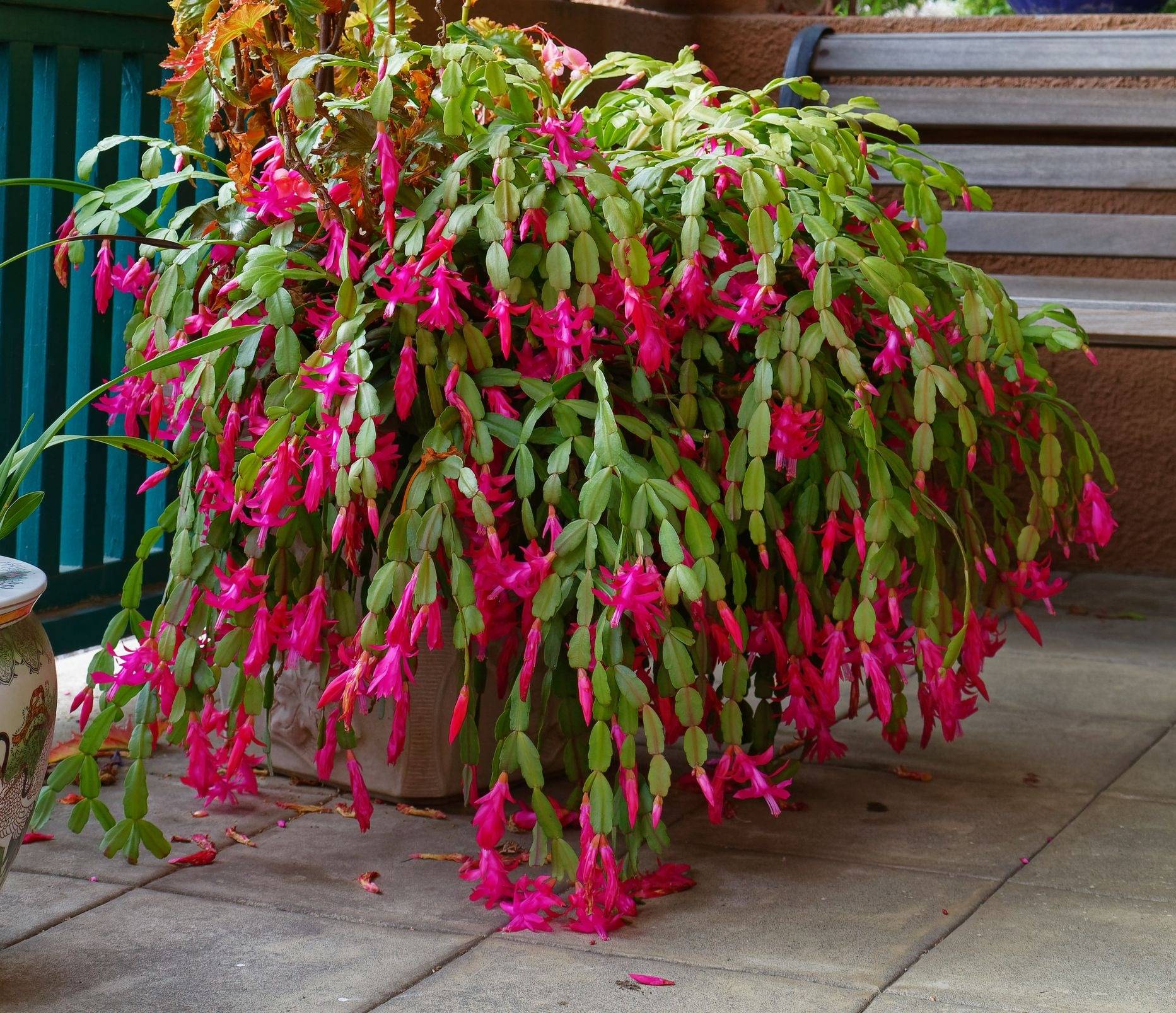
We hope that with the secrets to encouraging your Christmas cactus to bloom, you’re all set to transform your home into a holiday haven. With proper care, you will have a treasured houseplant with its lush green foliage, distinctive, segmented stems, and eye-catching, tubular flowers that come in a range of shades, from delicate pinks to fiery reds.
